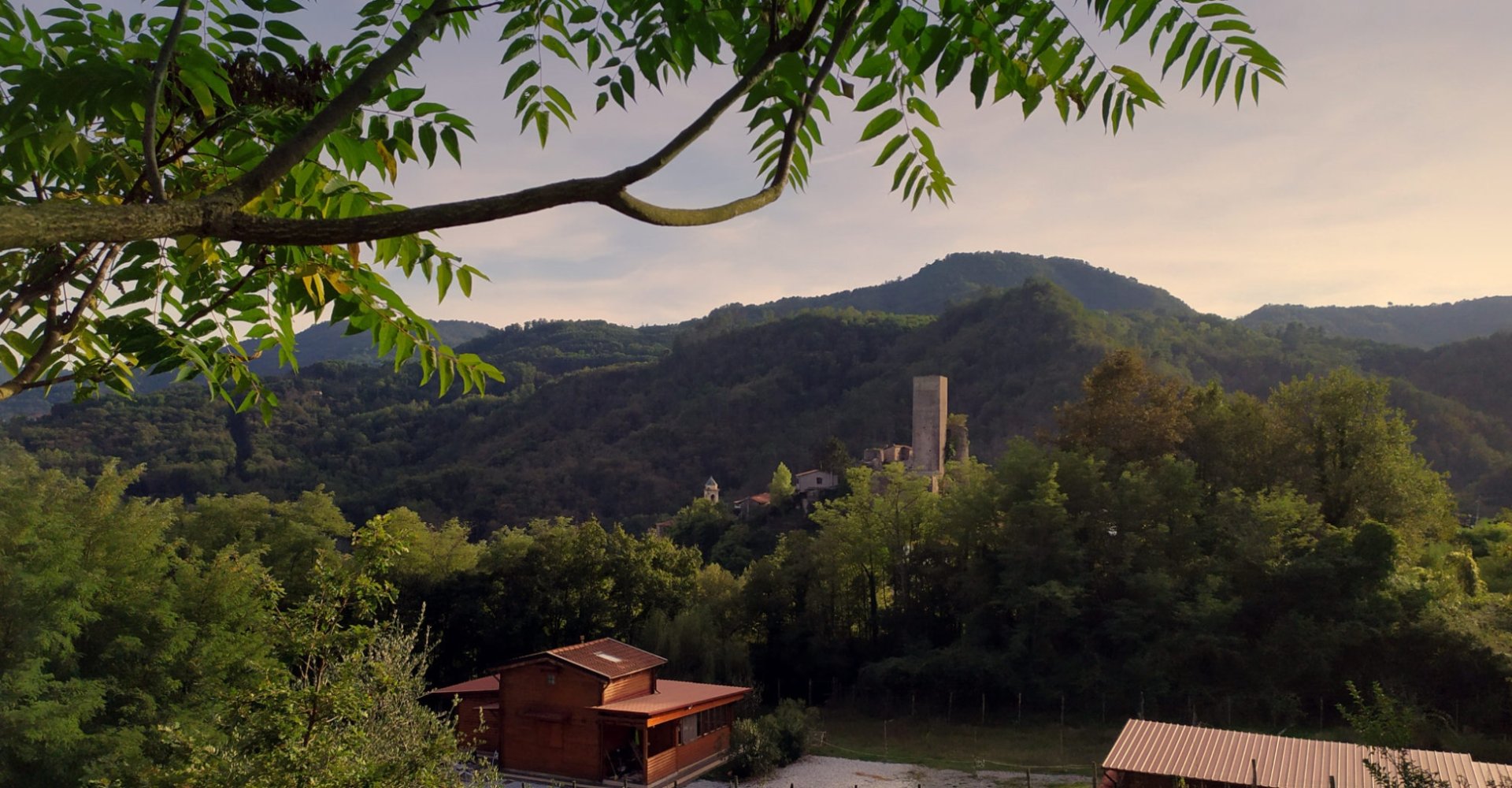A stay in the tranquility of the hilly landscape of Tresana is a safe haven from daily stress. Nestled in the green of the Lunigiana, on the right bank of the river Magra, Tresana is striking for its small size and its evocative image as a village perched on a hill. Developed around a fortification of Byzantine origin, it was granted by Emperor Frederick Barbarossa to the Malaspina, a family of ancient noble lineage that for centuries ruled the Lunigiana territory with a system of castles and watchtowers.
